Don’t Drown Your Garden! How to Avoid Overwatering with Sprinklers
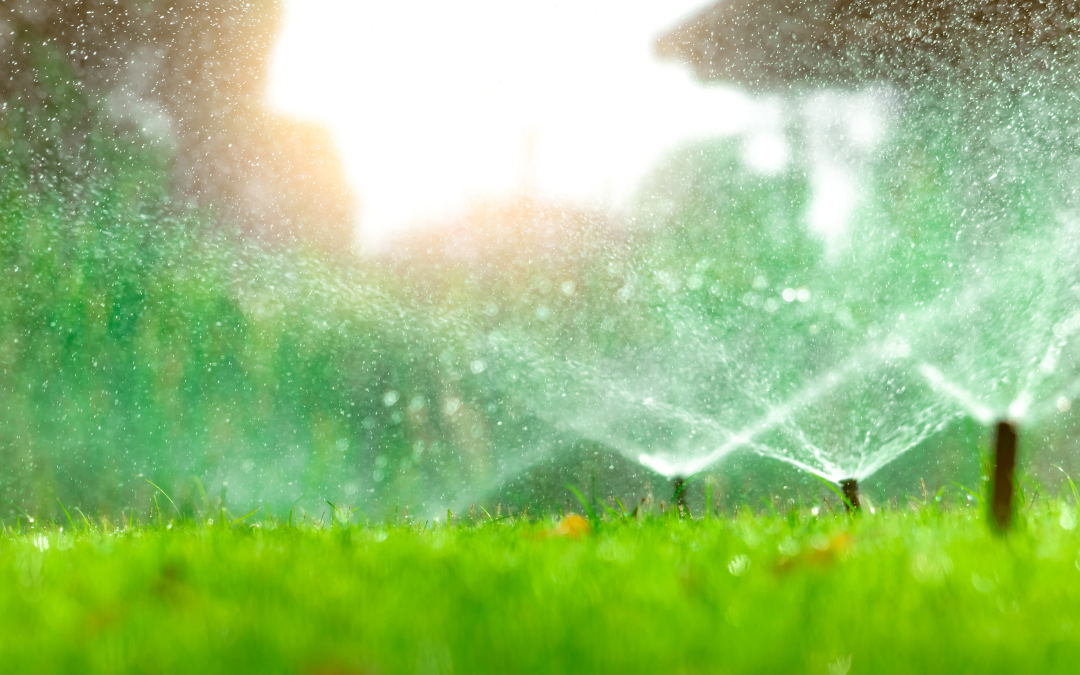
Want to Know How to Avoid Overwatering With Sprinklers?
Are you a homeowner who takes pride in having a green, healthy yard? You’re not alone. Most of us want a beautiful lawn that feels soft under our feet and looks great from the curb. So what do we do? We turn on the sprinklers and let them run, thinking we’re helping our plants stay happy. It feels like the right thing to do. But here’s the catch — giving your yard too much water can actually do more harm than good.
Did you know that overwatering is one of the top reasons lawns and gardens start to look patchy, yellow, or just plain tired? It’s true. Too much water can weaken roots, invite pests, and even cause fungus to grow. The good news is that it’s a common mistake and a very fixable one. On this blog, we’ll walk you through how to use your sprinklers the right way, how to spot the signs of overwatering, and how to keep your yard healthy without turning it into a soggy mess. Let’s dig in and find that perfect balance.
What Is a Sprinkler?
It might sound simple, but understanding how sprinklers work is a great first step toward taking better care of your yard. A sprinkler is a tool that spreads water across your lawn or garden to help keep your grass, flowers, and plants healthy. Some sprinklers are pretty basic and just attach to a garden hose, spraying water in a set pattern. Others are more advanced, like the ones that pop up from the ground and run on a timer. These are often part of an underground system that waters different parts of your yard on a schedule. No matter which type you use, the main goal is the same — to give your plants just the right amount of water. Not too much and not too little. It’s all about finding the right balance so your yard stays green, healthy, and not waterlogged.
1. Know Your Soil Type
Let’s start with something that’s easy to overlook but super important — your soil. It might not be the most exciting part of your yard, but it plays a big role in how much water your lawn really needs. Different types of soil soak up water differently. If you don’t know your soil type, you might be watering way too much without realizing it.
Here’s a simple breakdown:
- Clay soil holds onto water like a sponge. It takes a while to absorb and dries out slowly. That means it doesn’t need to be watered as often, but when you do, go slow to avoid puddles.
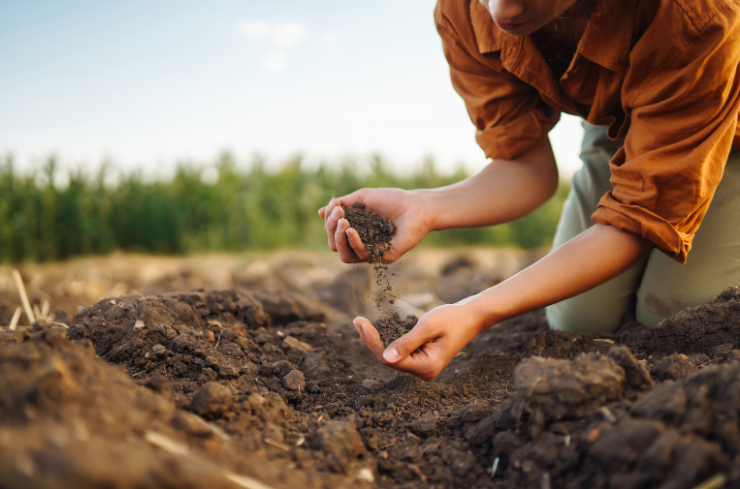

1. Know Your Soil Type
Let’s start with something that’s easy to overlook but super important — your soil. It might not be the most exciting part of your yard, but it plays a big role in how much water your lawn really needs. Different types of soil soak up water differently. If you don’t know your soil type, you might be watering way too much without realizing it.
Here’s a simple breakdown:
- Clay soil holds onto water like a sponge. It takes a while to absorb and dries out slowly. That means it doesn’t need to be watered as often, but when you do, go slow to avoid puddles.
- Sandy soil is the total opposite. Water flows right through it quickly, so it dries out fast. It might need shorter watering sessions more often.
- Loamy soil is kind of the “just right” soil. It keeps enough moisture without getting too soggy.
Want to test your soil? Dig a small hole and pour in some water. If it drains away quickly, it’s sandy. If it sits there for a while, it’s clay. If it drains slowly and evenly, you’ve got loam — lucky you!
2. Set a Watering Schedule (and Stick to It)
It’s easy to think your lawn needs water every day, especially when it’s hot outside. But that’s usually not the case. Most lawns do just fine with 1 to 1.5 inches of water per week, and that includes rain. What really matters is watering the right way — not too often, but deep enough to soak into the roots.
The best time to water is early in the morning, between 5 AM and 9 AM. This gives the water time to sink in before the heat of the day kicks in. If you water at night, it can stay too damp for too long, which might lead to mold or mildew. And midday watering? Most of it just evaporates before your plants can use it.
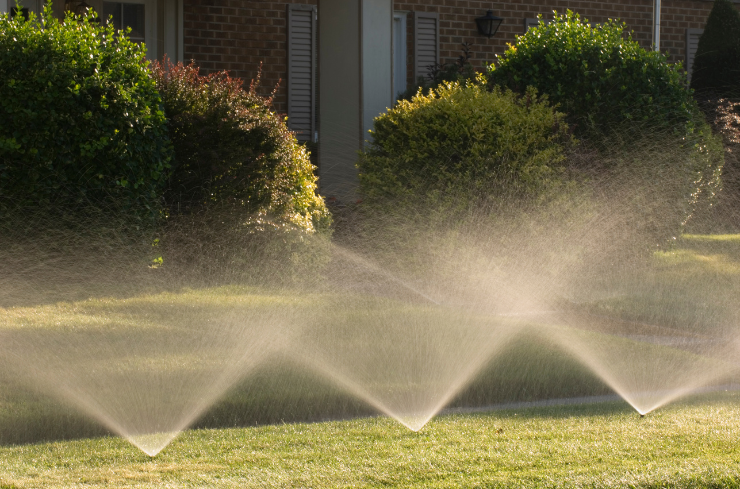

2. Set a Watering Schedule (and Stick to It)
It’s easy to think your lawn needs water every day, especially when it’s hot outside. But that’s usually not the case. Most lawns do just fine with 1 to 1.5 inches of water per week, and that includes rain. What really matters is watering the right way — not too often, but deep enough to soak into the roots.
The best time to water is early in the morning, between 5 AM and 9 AM. This gives the water time to sink in before the heat of the day kicks in. If you water at night, it can stay too damp for too long, which might lead to mold or mildew. And midday watering? Most of it just evaporates before your plants can use it.
Here’s a quick trick: grab an empty tuna can and place it on your lawn. Run your sprinkler and see how long it takes to fill about an inch of water. That’s how long your lawn needs.
3. Monitor Your Irrigation System
When was the last time you actually watched your sprinkler system while it was running? Most people just turn it on and walk away, but a few minutes of checking can make a big difference.
- Walk around your yard and take a look:
- Are your sprinklers watering the grass or the sidewalk?
- Do you see puddles or areas where water just isn’t soaking in?
- Are any sprinkler heads clogged, tilted, or spraying the wrong way?
These small problems can waste water and leave parts of your yard dry while others are drowning.
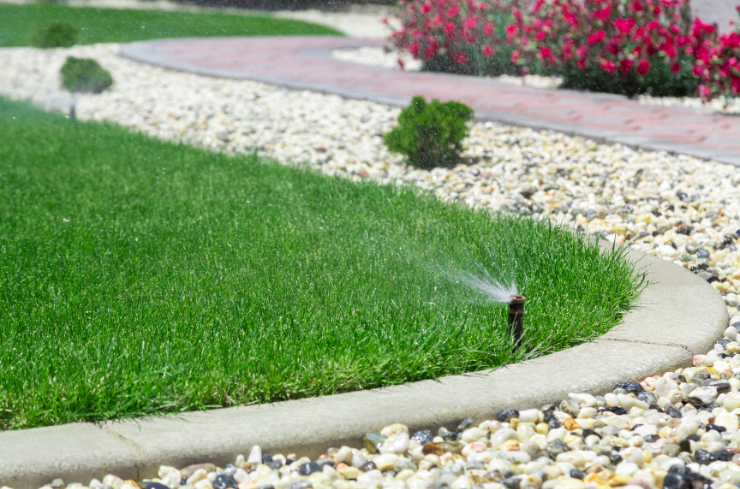

3. Monitor Your Irrigation System
When was the last time you actually watched your sprinkler system while it was running? Most people just turn it on and walk away, but a few minutes of checking can make a big difference.
- Walk around your yard and take a look:
- Are your sprinklers watering the grass or the sidewalk?
- Do you see puddles or areas where water just isn’t soaking in?
- Are any sprinkler heads clogged, tilted, or spraying the wrong way?
These small problems can waste water and leave parts of your yard dry while others are drowning.
A quick check every few weeks can keep everything running smoothly and save you money in the long run.
4. Get a Little Help from Smart Tech
If you’re tired of guessing when or how much to water, there’s some great tech that can help. Smart sprinkler controllers do the thinking for you. They adjust your watering schedule based on the weather, temperature, and even soil moisture levels.
If it rained yesterday, the system will skip watering today. Some even connect to your phone, so you can turn the sprinklers off while you’re still in bed. These tools aren’t just convenient — they help save water and lower your utility bill too.
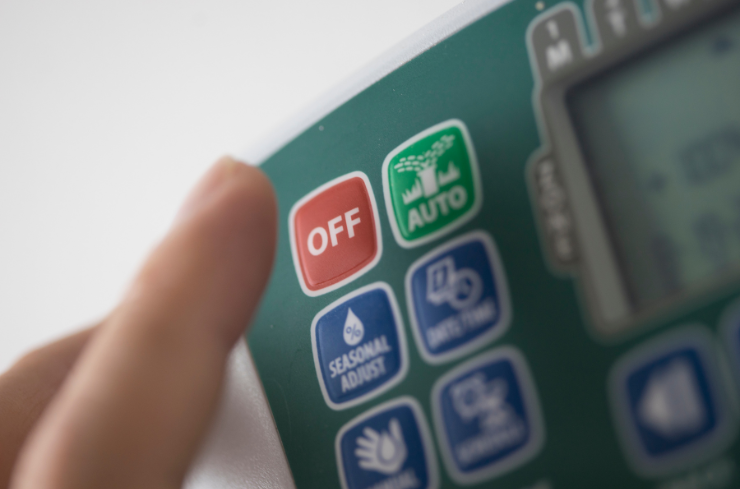

4. Get a Little Help from Smart Tech
If you’re tired of guessing when or how much to water, there’s some great tech that can help. Smart sprinkler controllers do the thinking for you. They adjust your watering schedule based on the weather, temperature, and even soil moisture levels.
If it rained yesterday, the system will skip watering today. Some even connect to your phone, so you can turn the sprinklers off while you’re still in bed. These tools aren’t just convenient — they help save water and lower your utility bill too.
5. Watch for Signs of Overwatering
Your yard can’t speak, but it does send you signals when something’s off. If you’re giving it too much water, it will start to show.
Look out for:
- Yellow or droopy leaves that feel soft or squishy
- Mushrooms or mold popping up around the yard
- Standing water or spots that stay wet long after watering
- Grass that wilts even though it’s soaked
These are signs your plants are getting too much water and not enough air around their roots.
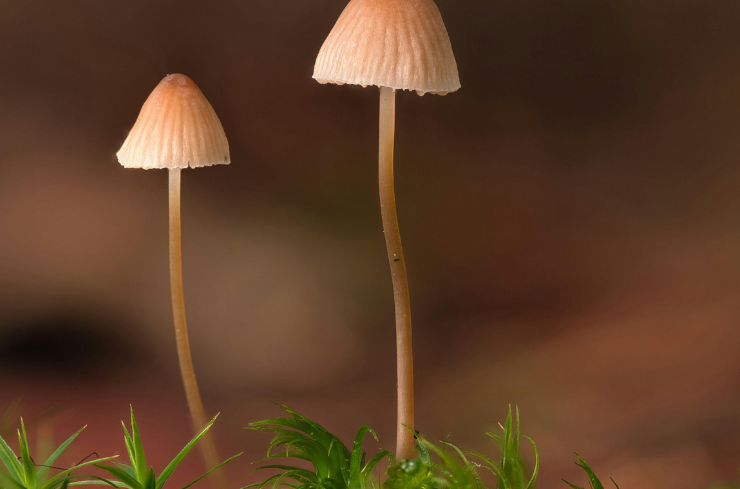

5. Watch for Signs of Overwatering
Your yard can’t speak, but it does send you signals when something’s off. If you’re giving it too much water, it will start to show.
Look out for:
- Yellow or droopy leaves that feel soft or squishy
- Mushrooms or mold popping up around the yard
- Standing water or spots that stay wet long after watering
- Grass that wilts even though it’s soaked
These are signs your plants are getting too much water and not enough air around their roots.
If you notice these issues, try cutting back your schedule and see how your yard responds. Most of the time, a little less water works better.
6. Give Your Garden a Break
It might feel like watering every day is a good thing, but your plants need a break sometimes. Letting the soil dry out between watering helps roots grow deeper and stronger. This makes your lawn and garden tougher and better at handling dry days.
If you’re in the habit of watering daily, try skipping a day or two and see what happens. You’ll likely notice that your plants still look great — maybe even better. Trust your garden a little. It doesn’t want to be soggy all the time.
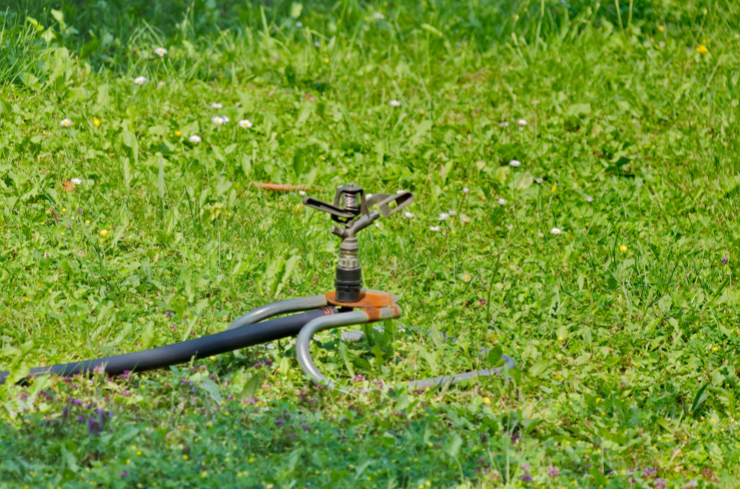

6. Give Your Garden a Break
It might feel like watering every day is a good thing, but your plants need a break sometimes. Letting the soil dry out between watering helps roots grow deeper and stronger. This makes your lawn and garden tougher and better at handling dry days.
If you’re in the habit of watering daily, try skipping a day or two and see what happens. You’ll likely notice that your plants still look great — maybe even better. Trust your garden a little. It doesn’t want to be soggy all the time.
Taking care of your yard doesn’t have to be complicated. You don’t need fancy tools or expert-level knowledge to get it right — just a little awareness and consistency. By learning what kind of soil you have, setting a smart watering schedule, and checking in on your sprinkler system every now and then, you’re already doing more than most. A healthy lawn starts with simple habits, not gallons of extra water. So take the time to water wisely, give your garden a chance to breathe, and trust that a little goes a long way. Your grass will grow greener, your plants will stay happy, and your water bill might even give you a nice surprise. Just remember, your yard doesn’t need a flood — it just needs a good sprinkle.
Not sure if your sprinklers are doing the job right? Get in touch with First Solution IL — we’re always ready to help. Let’s make sure your lawn gets just the right amount of water, without the hassle.

0 Comments